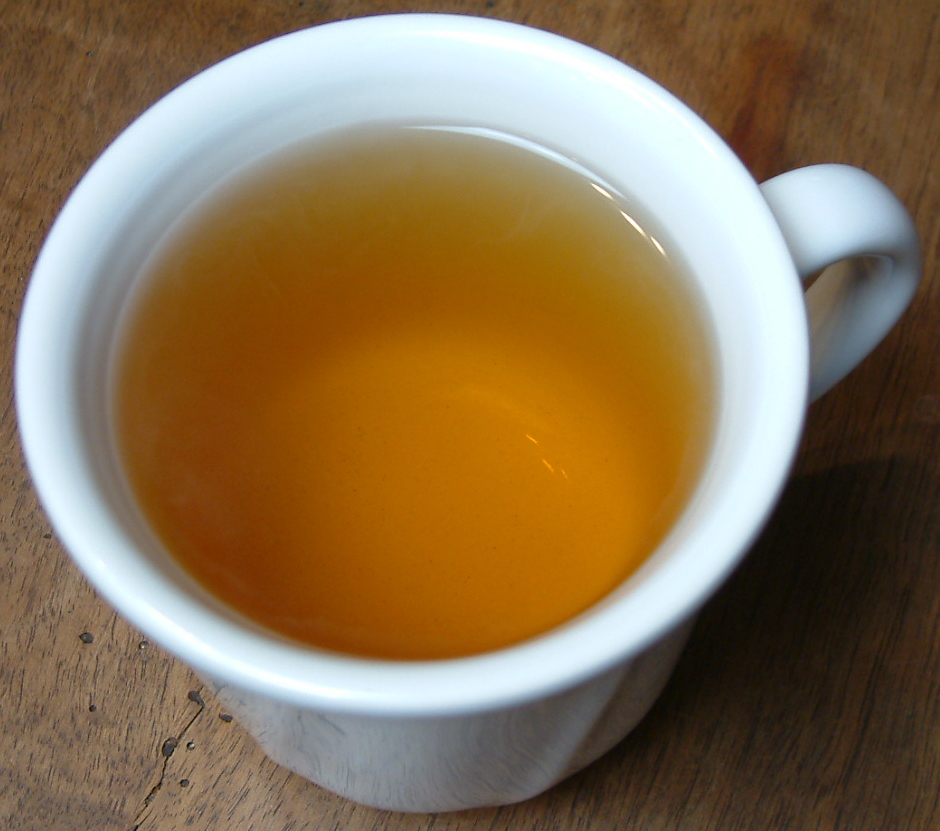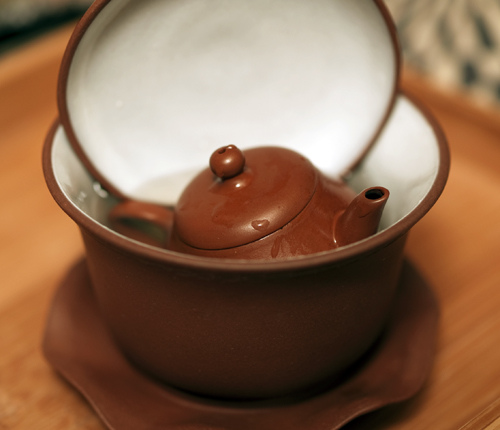We get this question a lot from our newest tea converts: what do I need in order to brew myself the perfect cup of tea? While the truth is that, at its simplest, all you need for a good cup of tea is leaves and water, we have a few favorite tools that we think can make the process easier and more enjoyable. These accessories make great gifts for both the beginning tea enthusiast and the longtime connoisseur.
1. Infuser Basket: Hands down, baskets are the best option when it comes to steeping your tea leaves. Unlike an infuser ball, baskets do not compress the tea or pack it in too tightly, allowing your tea leaves to expand as they infuse, which in turn leads to a fuller flavor extraction. Tea baskets are designed to fit a variety of mug sizes, and some can fold or collapse for easy storage. Look for stainless steel for easy, dishwasher-safe cleaning, and for fine straining holes to allow for a variety of cuts of tea or tisanes.

Teapot with Removable Strainer
2. Teapot with Removable Strainer Basket: Want to brew more than a single cup? Teapots with a removable strainer make it quick and easy. After your tea is finished brewing, the basket lifts out so you can pour, share, and not over-steep. (we’ve got these in our Purcellville, VA location)
3. Paper Tea Filters: Looking for an easy way to brew tea at the office or on-the-go? Paper tea filters let you leave your infuser basket at home. Simply fill the packet with your desired amount of tea, then fold down, infuse in hot water, and discard when your tea is ready. Our favorite brands are biodegradable, so that you can compost both bag and leaves when you are finished.
4. Chasen (Matcha Whisk): Sometimes, traditional tools are far better than modern equivalents. Unlike a metal kitchen whisk, the fine bamboo tines of a chasen will easily mix up your matcha green tea powder without leaving clumps or residual powder behind.
5. Glass Gaiwan: Extremely popular among Chinese tea connoisseurs, the clear walls of a glass gaiwan allow you to watch your tea leaves unfurl and “dance” as they infuse. This is a beautiful and meditative way to enjoy your loose-leaf teas!
By: Jen Coate














